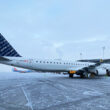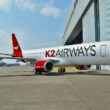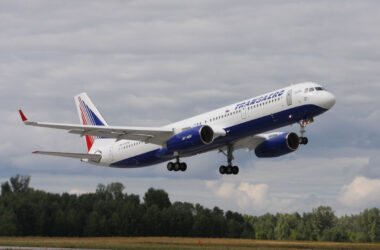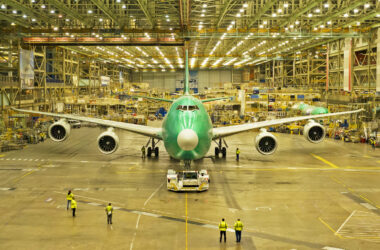Russian airlines operating Airbus jets are flying these planes more than before the Covid-19 pandemic, admitted Guillaume Faury, CEO of Airbus, during the 2022 earnings conference, held this week.
“What we note is that Russian Airlines have been able to continue to fly in spite of the sanctions and they are actually flying more in the second half of 2022 than the way they were flying before Covid,” said Faury.
The chief executive, however, acknowledged that Airbus does not currently have a clear view of the situation of these aircraft after losing technical support from the manufacturer, as part of Western sanctions following the invasion of Ukraine, which will complete one year on February 24.
“So a very high flight rate in Russia with those planes but we start to hear about situations where they are missing parts, components or unability to keep some of the planes in flight but we are not speaking with Russian Airlines”, he commented.
“We are slightly concerned about the way the planes are operated but we have no real mean to act and of course we completely and absolutely comply with sanctions”, he concluded.
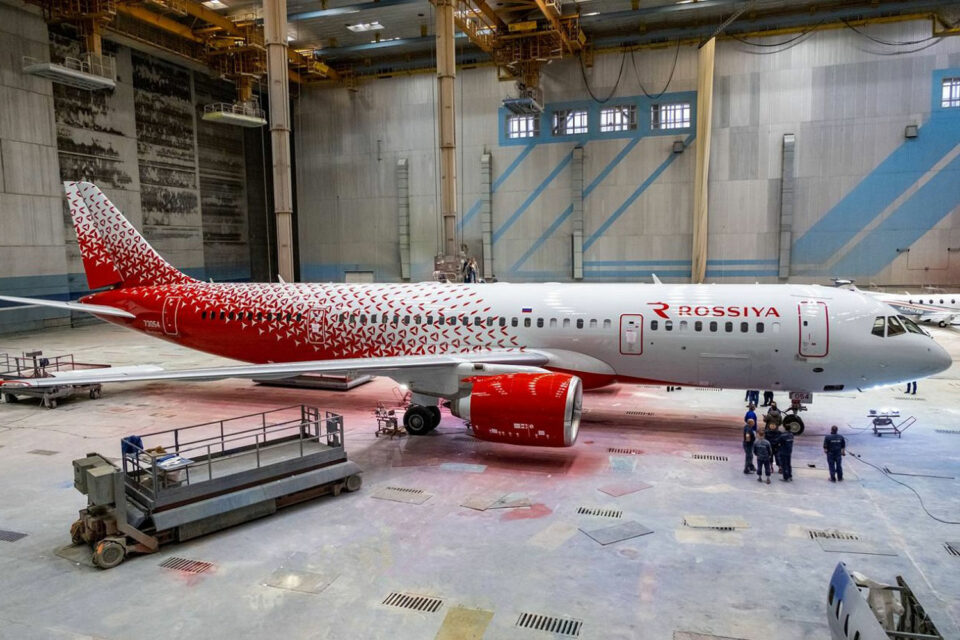
Russian aircraft in the future
Currently, Western aircraft, from Boeing, Airbus, Embraer and ATR, account for about 95% of commercial flights in Russia.
Only the Aeroflot group, the largest in the country, had 286 Western aircraft against just 78 Superjet 100 jets, manufactured in Russia.
The Russian government, however, accelerated the development of local planes such as the MC-21, an alternative to the A320 and 737, the SSJ-New, a variant with domestic components of the Superjet. In addition, UAC is reactivating production of the Tupolev Tu-214, a single-aisle twin-engine aircraft of obsolete design.
The goal is to produce about 1,000 Russian aircraft to virtually eliminate dependence on Western aircraft by the end of the decade.


